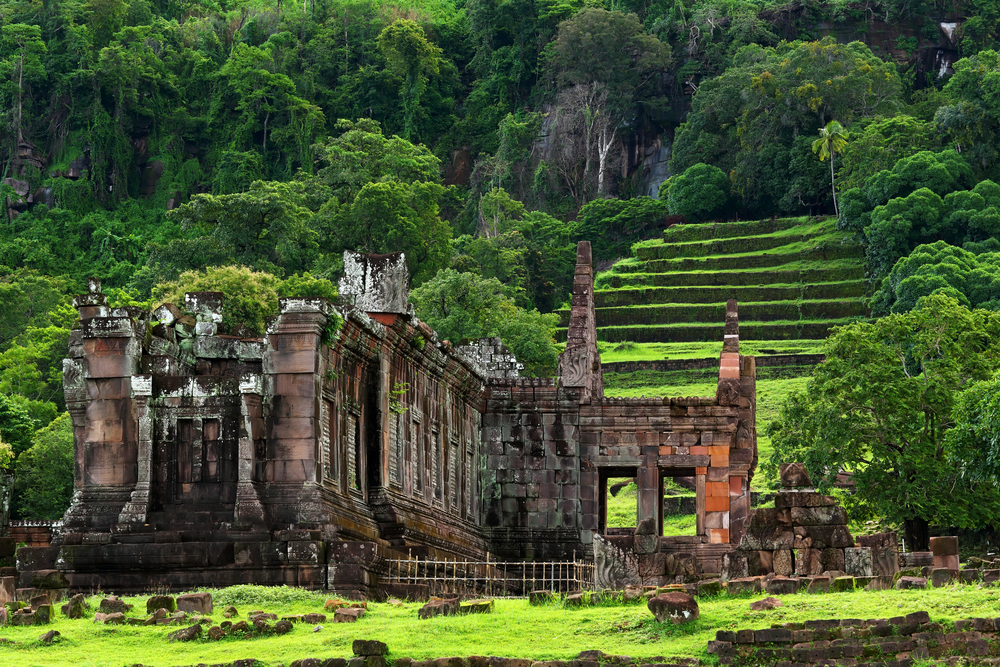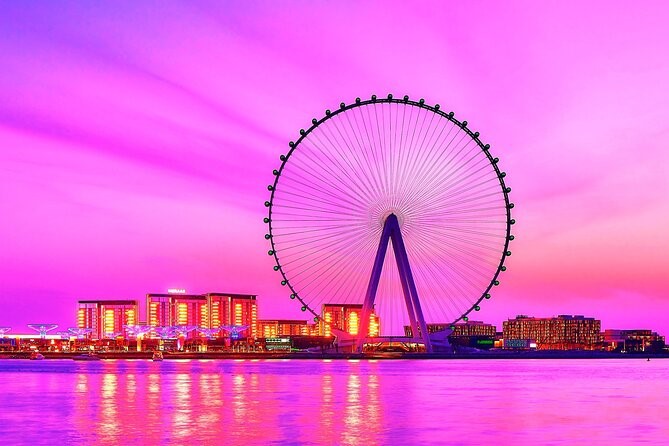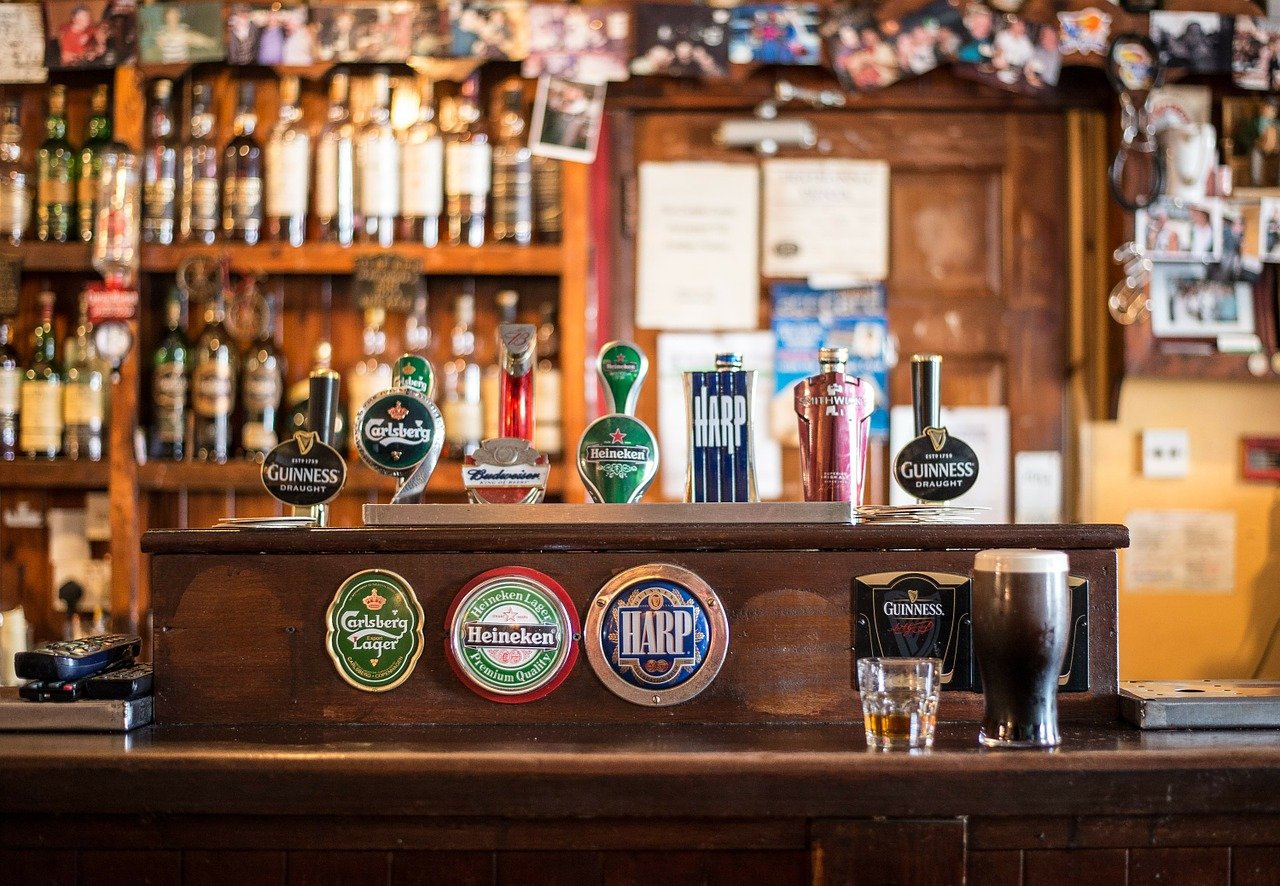There are many cultural attractions in Laos, and a lot of them are conveniently located in the picturesque cities of the country. But some of the most well-known attractions require a journey outside of the cities to reach their location.
We’re focusing on three of the most dramatic cultural attractions in Laos. Two of them are out in the country, but one of them is right near the capital city of Vientiane. All of them provide you with a glimpse into the country’s past beauty and lifestyles.
Wat Phu Tok
Wat Phu is one of the most popular cultural attractions in Laos. It provides a look into the ancient lifestyles of the Khmer Hindus who inhabited the area in the 5th century. The dramatic, tropical mountainside background of Wat Phu perfectly frames the ruins of the site, making the site a photographer’s dream.
The original temple structures were destroyed long ago. What you will see on your visit are replica structures that are ancient themselves. The data back to the 11th, 12th, and 13th centuries, and you can judge the importance of the large area to the local residents by the amount of detail and craftsmanship they devoted to the restoration of the site. The Wat Phu was declared a UNESCO heritage site in 2001.
Wat Phu is located in the south-eastern region of the country near the small towns of Nongsa and Phonengaam. The site is open from 08:00 to 18:00, and there is a museum on the site that houses artifacts of the temple complex and provides an explanation of the temple.
Plain of Jars
The Plain of Jars is a popular, and still mysterious, cultural attraction located in the central area of Laos. The vast site has stone jars that are arranged in clusters of one to several hundred. The jars vary in size from 1 meter to 3 meters in diameter, and all of the undecorated jars are carved from solid stone.
The history of the plain of jars is still open to speculation, although the area has been the subject of much archeological study. No one knows precisely the purpose of the jars or why there is such a large concentration of them. The most prominent theory had the jars serving in ancient burial practices dating back to the Bronze Age.
Because of the danger of unexploded ordnance dropped in the area during the Vietnam war, the entire area is not yet open for exploration. But some large portions of the plain have been cleared of the ordinance, and there are clearly marked pathways through the open areas. The site was declared a UNESCO World Heritage site in 2019.
Buddha Park
The third cultural attraction in Laos is much more recent. But it has become as popular as all the others because of the whimsical and other-worldly visual sights it offers. Buddha Park is located about a fifteen-minute drive from central Vientiane, which makes it a perfect side trip for visitors to the capital city.
The park was started back in 1958 by a priest-shaman named Bunleua Sulilat. The priest continued building his sculptures that combined images from Buddhist and Hindu religions until the revolution in 1975 forced him to flee the country.
The sculptures he made depict demons, humans, gods and animals, as well as many characters of Hindu mythology, including Ajuna, Shiva and Vishnu. The statues were all cast from concrete and left unfinished, which adds to their ancient appearance. They vary in size, with some of the larges being a 3-meter-tall demon and a 40-meter-long reclining Buddha. The statues are all scattered around a lush and peaceful park that features manicured lawns and mature trees.
A visit to Laos exposes you to a whole world of beauty and exotic cultural attractions like these. When the pandemic finally eases and borders open up once again, visit Laos as one of your first places to explore.







